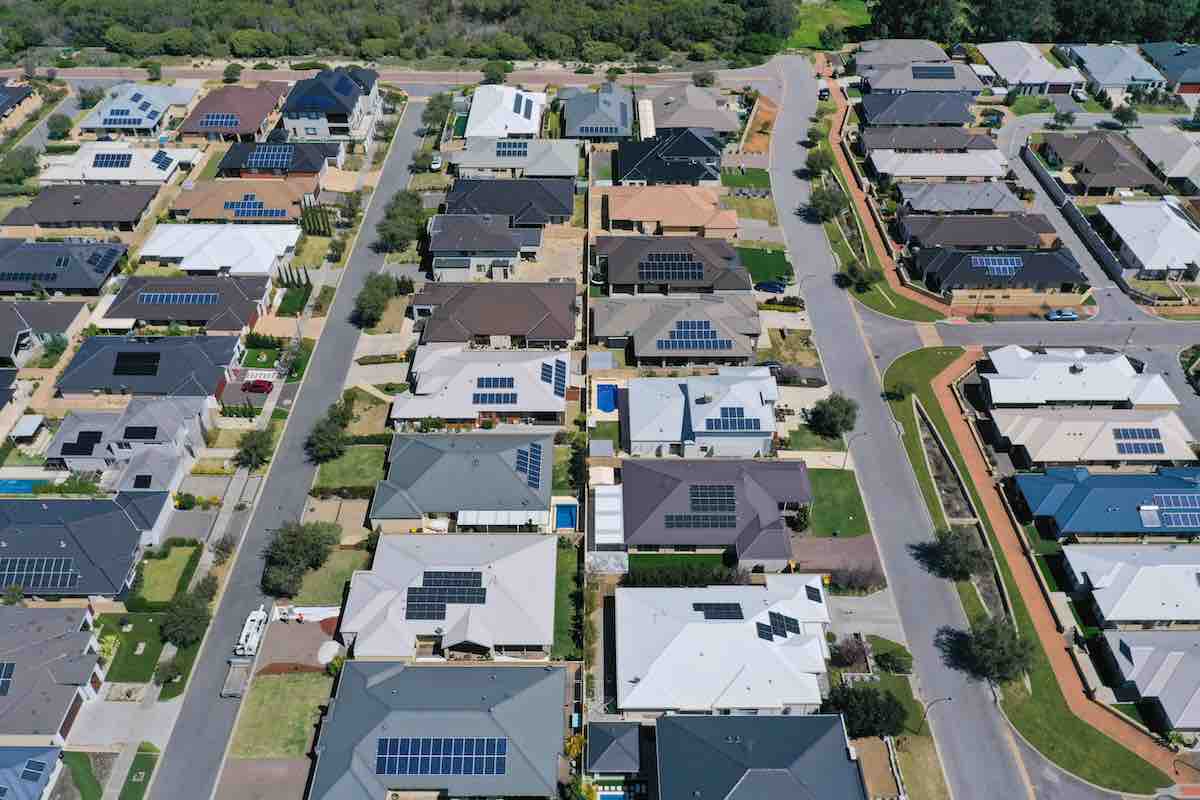The Energy Security Board has called for coordinated leadership and action on the integration of consumer energy resources including rooftop solar, home batteries and electric vehicles, as its dying act after state and federal energy ministers last year voted to give it the axe.
The 84-page report, quietly published by the federal government on Thursday, says that with consumer appetite for rooftop solar increasing, uptake of electric vehicles exceeding forecasts, and electrification gaining traction, policy governing consumer energy resources, or CER, is “at a critical juncture.”
“Building on learnings and existing work, it is timely for CER integration to progress from a demonstration and incubation phase to a reform design, delivery and implementation phase,” the report says.
“Leadership from governments is required, as well as active coordination across many interrelated programs driven by market bodies and jurisdictions.”
To this end, the ESB – which in its final term was led by AEMC chair Anna Collyer, AER chair Clare Savage and AEMO CEO Daniel Westerman – sets out six key priorities and recommends that government convenes a CER taskforce, mandated with clear terms of reference to drive outcomes over a 12 month period.
Of the six priorities (listed in full below), at the top is to define what role distribution network service providers (DNSPs) will play in “a high CER environment,” including identifying “the capabilities and the interfaces” with AEMO and other industry participants.
The report notes that the capabilities and accountability of distribution networks is critical to integrating CER, but currently hampered by “fundamental limitations” in existing regulatory and investment frameworks.
“Today, there is no clear framework for shaping how networks forecast CER, plan their networks in light of increasing CER or operate their networks in a high CER environment,” the report says.
“Whilst networks are individually making strides in the right direction, the lack of an overarching maturity and capability framework, and lack of clear accountability for the operation of networks with high CER, risks divergent experiences for consumers… and ultimately challenges the secure and reliable supply of electricity to all consumers.
“Governments should lead a project that seeks to define the functions that DNSPs are accountable to perform. This project should involve collaboration and co-design with both industry and consumer stakeholders and market bodies,” the report says.
Other priorities include establishing a common data architecture for CER operation and orchestration; establishing a future-fit technical governance and compliance framework for CER; consumer protections and education to build trust and support compliace, and; setting in place “robust and reliable” backstop capability in each jurisdiction to provide an emergency response improving operational security for all consumers.
In response to the report, Rewiring Australia welcomes the emphasis placed on the role of DNSPs in integrating rooftop solar into the grid, but says the ESB’s recommendations fall short of governance and competition reset that is required.
“The electricity market was set up before low-cost solar was available and is no longer fit for purpose,” said Rewiring Australia executive director Dan Cass.
“It needs policy redesign by governments not tweaking by regulators. Requiring distributors to integrate solar is a no-brainer – but we must go further to reduce bills and emissions.
“Australian households and big energy users are being gouged by the incumbents and only a serious overhaul will unleash the competitive potential of rooftop solar, which is the world’s cheapest energy source,” Cass said.
“We welcome the handover recommendations, but the ESB did not go far enough,” added Rewiring Australia chief scientist Saul Griffith. “Energy ministers should review governance of the NEM.
“Nothing can compete with cheap rooftop solar at 5c/Kwh so it is no surprise the big energy companies are trying to thwart this competition from their own consumers.
“If households with solar panels, batteries and electric vehicles can trade electricity with each other, that will level the playing field between consumers and the big energy companies,” Griffith said.
“The federal government should help Australian households invest in this national energy infrastructure – their homes – and remove barriers preventing households from installing solar panels, batteries and electric appliances, particularly in apartments.
“This is the cheapest and fastest way to bring down energy bills for everyone and eliminate expensive and polluting fossil fuels.”








